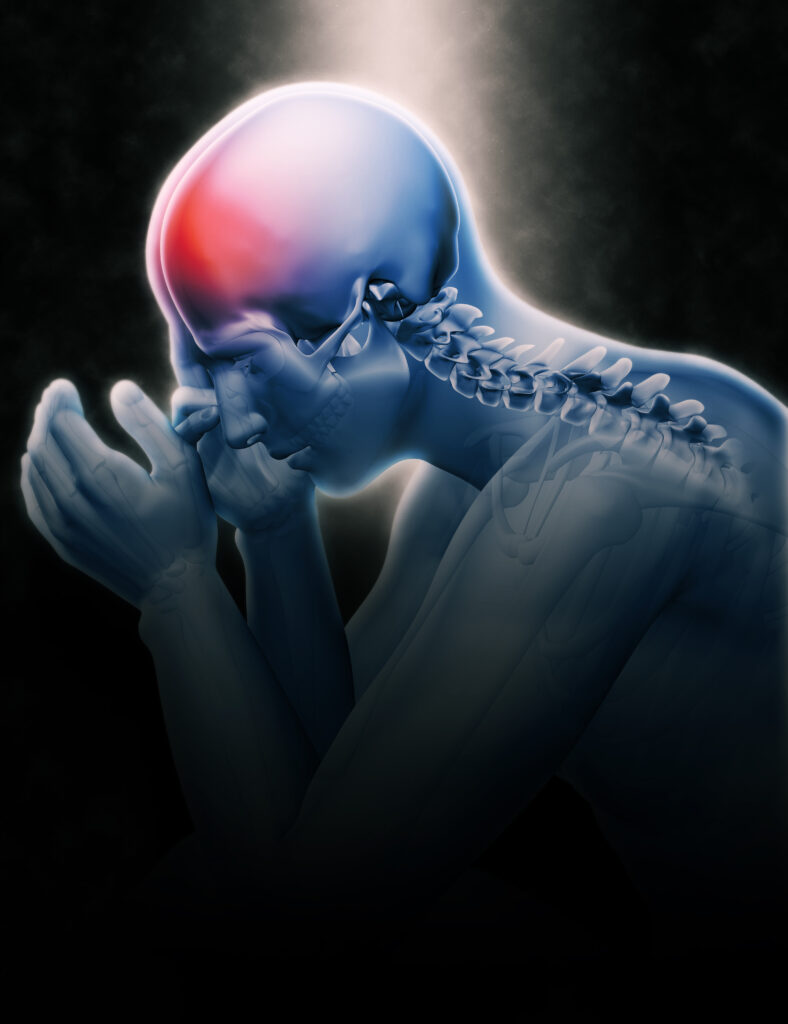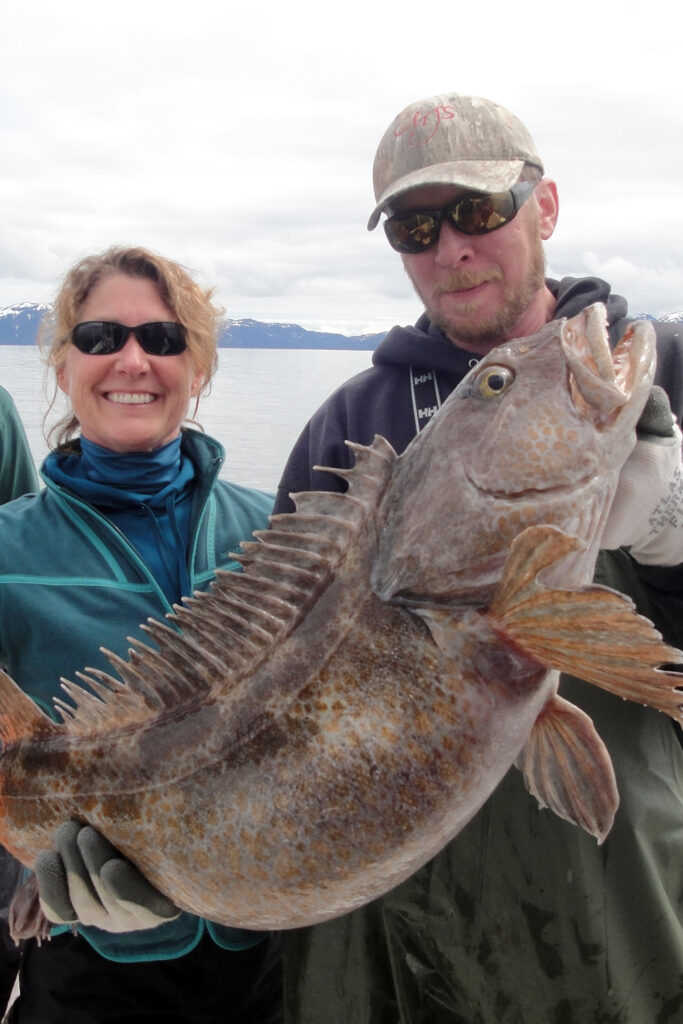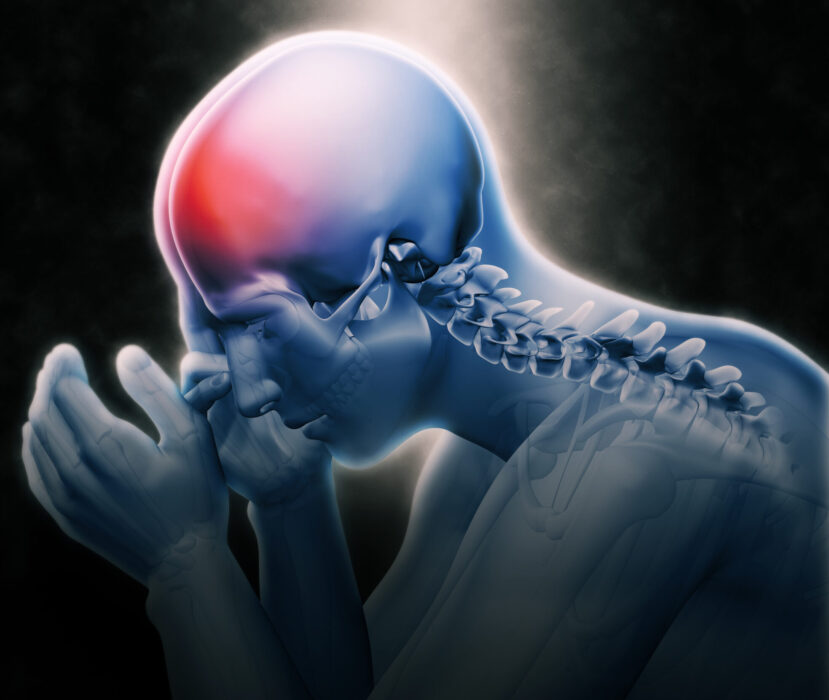
Here’s my story and why I now know more about handling peripheral neuropathies and other neurodegenerative disorders than ever before. I completely trust Nutrition Response Testing and my knowledge as a Masters in Human Nutrition and Functional Medicine after multiple degrees in various biochemistry fields including early nervous system development; I can read and understand the scientific literature. So when peripheral neuropathy happened to me I dove into the nutritional and medical literature to figure this out. Furthermore, many of my clients have neuropathy to varying degrees of severity.
- My labs were perfect per my abilities to evaluate them from a functional medicine perspective (note: Functional means just that–functional. The over-simplistic in / out of range when you have symptoms. Whenever you have symptoms; something is NOT functioning–we need to take a deeper look).
- No structural issues per my trusted chiropractor the amazing Dr. Jesse Foster DC.
Background: Three years ago, I suffered a serious concussion while hiking to Rabbit lake with my friend Captain Jim, by and large an easy stroll above Anchorage. Except… that trail is very rocky. If you’re paying attention the rockiness is no problem (I wasn’t—I was looking to see if the sheep herd were out on the hills above the trail). Anyway… I tripped over one rock and fully hit my head on another. Myself a former guide and wilderness EMT, my hiking friend Captain Jim an amazing fishing and hunting guide and also EMT trained; however, neither of us had a first aid kit (sigh—oops). Snow fields became ice packs. I felt fine and drove us back to my home.
I did everything needed to heal my obvious concussion. A badly bruised brain and lovely racoon face of purple bruises. As I was going fishing with Captain Jim and his dad Captain John the next weekend, and didn’t want my bruised face to scare the clients, we created a contest for better stories (lies) than tripped over a rock:
- Captain John told his other clients that as a wildlife biologist (my undergraduate degree) I should be able to tell a ram with its huge, curled horns from the ewes with their tiny horns without getting so close they stomp you. LOL
- Captain Jim warned me not to enter bear dens when they are not ready for house guests. LOL
- A client on the charter sized it up to the huge halibut I caught the previous weekend that slapped me in the face. LOL
There are more (lies) all in fun…
Well… this is a ginormous ling cod—from 720 feet down. Still, you get the idea. Maybe that is the (lie) LOL.

Three years later, a physical meltdown while searching for salmon berries in Whittier.
I’d done everything right. Thought my bruised brain was healed. Never was it on my radar screen that this wasn’t over after many years of feeling great and doing the activities I love.
Some of my clients and friend of 16 years, Captain Jim told me I seemed different somehow, with loving kindness. Until…
Hiking in Whittier to Find Salmon Berries—the Neuropathy Meltdown
My friend Michelle and I met Captain Jim in Whittier to find the elusive salmon berry we’d heard were abundant. We were late in the season and they were mostly picked over.
I found myself incapable of walking the boardwalks on the trails much less going off trail as I love. Captain Jim became my walking crutch. This is NOT me. I can’t even count the number of times he said “Marie, I’ve never seen you like this.” And after a 16 year friendship, he would know.
We made it back to his car and he drove to my home. The next morning, I put him to work designing a clinical nutrition program using Nutrition Response Testing (even though he was scared to mess up LOL).Now entitled to be called “Dr. Captain Jim”, he checked in on me as a good friend will do—in just a few days I felt great. Mind you, I handled the true imbalances causing it. It’s about handling the imbalanced gut to address neuroinflammation.
About Peripheral Neuropathy and Other Forms of Neuroinflammation.
Neurodegenerative diseases result from inflammation that results in the gradual and progressive degeneration of the structure and function of the central nervous system or the peripheral nervous system or both. They are characterized by deterioration of neurons and/or myelin sheath, disruption of sensory information transmission and loss of movement control. This includes Parkinson’s (a dopamine insufficiency), Alzheimer’s (dementia), multiple sclerosis, and others.
When it comes to nerve discomfort, doctors and specialists are trained to try and relieve symptoms. Prescriptions include the antiseizure drug gabapentin also trazadone, others, antidepressants (of all things), all of which are being prescribed off-label—meaning they are not recognized as effective for neurodegeneration. They typically never look to the root cause of central nervous system peripheral neuropathy discomfort and may even say it can’t be cured. Big mistake.
Again, peripheral nerves can heal. Less easily healed is the central nervous system. You can try all the patches … pills … creams … and procedures you like, but they won’t magically repair the source of the problem: a faulty nerve network running through your body caused by some form of inflammation. And the absolute need to repair the blood-brain barrier by fixing gut imbalances. This is true for any neuroinflammation: Even labels like autism spectrum, ADHD, Parkinson’s, or Alzheimers. If you are motivated and willing to try a regenerative and natural protocol, there is a solution.
Here’s the good news.
New information to consider
How did I get here?
I’m a nutronist—and believe in holistic, natural approaches—might take some change if you are willing and ready.
There Absolutely IS Something You Can do About Neurodegenerative Diseases!
First of all, understand the main causes—we are all different as to the stressors that result in neuropathy or any of the neurodegenerative conditions. Here are the key stressors:
- Poor circulation—fails to feed the nerves—without nutrients and oxygen the nerves begin to break down.
- Blood sugar imbalances, especially diabetes, and other metabolic inflammation.
- Medications / chemical exposures / chemotherapy / alcohol abuse.
- Traumatic brain injury (concussions).
All result in…
Nerve degradation
Neurodegeneration, especially neuropathy:
Stage one: Numbness and/or tingling typically bottom of feet
- This sensory disturbance accelerates.
- Sensory eventually moves to hands.
- Cramping especially at night.
- Knee pain / joint pain.
Three main categories of nerves: Sensory are smaller more delicate—they send informative signals to the brain. Motor nerves get your muscles to do what you want. The third is smooth muscle nerves and include digestive signals, your airway is not supported and develops into sleep apnea—which is actually a failure to produce mitochondrial energy so the airway collapses while asleep (although this is not necessarily neuropathy). Heart (cardiac) nerves and muscle are very specialized. Importantly, the length of the nerve changes what you feel first: Feet are long, then arm extremities, then other sensory.
Motor: Stage two
- Hands and / or areas closer to heart—moves to other areas of the body
- Insufficient circulation = nerve starvation.
- May also include skin abscesses that don’t heal.
Stage three: balance
- Slow healing / non-healing wounds.
- Falls (sadly often the first observable sign).
- Canes walkers.
Stage four
- Amputations?
- Cutting away affected body parts.
Were you told there is no cure for neuropathy?
Medications focus on symptoms—pain control—these do not cure; they mask the pain and tingling—circulation and nerve degradation are not being addressed. This approach spends money in the wrong way. Neuropathy is a lifestyle disease (so are other chronic diseases). Gabapentin and others. In the US, we spend 3x as much on medical care per person as other countries. And the largest funding for major television networks is pharmaceutical ads. In 1996, the FDA allowed direct to consumer “ask your doctor if ____ is right for you”. Sales boomed.
These medications do nothing to reverse the progression and come with many side effects. What to really find and fix?
The health impact and drivers of neuroinflammation.
The relationship between gut health and neuroinflammation.
A focus on the role of neuroinflammation in mood challenges.
The relationship between neuroinflammation and neuroplasticity (the ability of your nervous system to change and respond to environmental influences). Plus key herbs, nutrients to influence healing. Plus key inflammatory metals, chemicals, immune stressors, anti-foods, vaccines, allergens… that are making it worse.
Below are important clinical trials if you want to see what has been done for neuropathy and other neurodegenerative diseases. Neuropathic pain affects 7–10% of the population and is often ineffectively and incompletely treated.
Something can be done about it without getting complicated.
If you’ll do your part, I’ll do mine to work out a simple set of lifestyle and diet shifts. You can do this! Many foods and supplements provide antioxidants and anti-inflammatory compounds. Here are a few that are backed by science; Life-threatening neurodegenerative diseases and age-related metabolic disorders are closely associated with oxidative stress produced by free radicals in the body. It has been estimated that free radicals are involved in the etiology of several (>100) human diseases and the aging process, especially neurodegenerative conditions.
Emphasize foods high in polyphenols and flavanols / flavanoids
These are naturally occurring chemical compounds that have antioxidant properties. They are the most abundant antioxidants in the diet. Research suggests that diets rich in polyphenols and/or flavanoids may help protect against:
- Heart disease
- Neurodegenerative disease
- Cancer
- Diabetes
Many foods contain polyphenols, including:
- Fruits: Blueberries, cherries, strawberries, blackberries, apples, grapes, pears, plums, cranberries, blackcurrants, black elderberries, raspberries, pomegranate juice, and apricots.
- Vegetables: Spinach, onions, shallots, potatoes, black and green olives, globe artichoke heads, broccoli, asparagus, and carrots.
- Nuts: Chestnuts, almonds, pecans, and hazelnuts.
- Spices: Turmeric, cloves, cinnamon, ginger, and cumin.
- Beans: Black beans, red beans, and white beans.
- Cocoa: Dark chocolate—get the unsweetened baker’s chocolate to avoid cane sugar.
- Tea: Green and black tea
- Coffee: Filter coffee
- Flaxseed: Contains 229 milligrams of polyphenols per tablespoon
Just because it is not known how to fix peripheral neuropathy or any form of neurodegeneration using western medicine, doesn’t mean it can’t be fixed.
- Comprehensive nutritional strategies. Start by emphasizing the above foods and reducing / eliminating inflammatory foods. Ask.
- Comprehensive Functional Herbal Therapy strategies for addressing neuroinflammation. Ask me about this as not every herbal or supplement strategy is right for you.
- Do we need to stop the inflammatory progression? (Definitely) Ask me to find and fix what’s really wrong.
What are your choices?
- Increase the blood flow: Red light therapy increases circulation as does taking walks—the brisker the better, also yoga, even house chores. I have a red light that can be rented and a more aggressive pulsed EMF Bemer with a pulsed red light can be rented by the month or bought from Moli’s Natural Living 719-749-8326
- Fix metabolic inflammation: Chemical and metal exposures, diet, low-grade inflammation —big ticket items. we can find out what is affecting you specifically using Nutrition Response Testing and designiing a Cliinical Nutrition program individualized to you.
Please elimiinate:
Cane sugar, corn syrup, agave syrup. YOU can do this! Checkout OurnutritionKitchen.com for reworked recipes that you’ll love.
Are you ready to stop it from getting worse? Do the above then inspect your chemical exposures including alcohol (a chemical if you think about it).
What would stop you from getting better? How much is it worth to you?
Do you feel this will get better on it’s own? (Hint: it won’t, something needs to be done to reverse the stressors and add genuine building blocks).
Can you hold up your end of the deal?
Three types of clients:
Hypermotivated—value their lifestyle and activities. Will make change to keep their freestyle.
Aware of problem, takes action, then stops or doesn’t really follow the program (let’s see what I can get away with). This mindset can still be helped—just more slowly. And that’s OK. It’s your body and your necessity level.
Person who doesn’t want to follow instructions (I want to talk to my doctor… Who will prescribe meds, cane, walker, amputate…) Or searches blogs that are not supported by evidence: “Dr Google says… I have to do this because the “doctor” says so or I read it on the internet. You decide to be one of the above or this. Please take one path and let it work; it’s not a good fit to mix things up. If it works for you, great. If what you just read works, excellent!
My purpose is to help you live your life well.
When things are done properly, need for medications are greatly reduced or even eliminated. Get out of the way of the body’s ability to heal.
What is there to do?
Schedule your appointment with me. Get my health present.
You might just feel amazing—I do!
Call me—907-222-1824
References:
Abdelrahman, K. M., & Hackshaw, K. V. (2021). Nutritional Supplements for the Treatment of Neuropathic Pain. Biomedicines, 9(6), 674.
Benga, A., Zor, F., Korkmaz, A., Marinescu, B., & Gorantla, V. (2017). The neurochemistry of peripheral nerve regeneration. Indian journal of plastic surgery : official publication of the Association of Plastic Surgeons of India, 50(1), 5–15. https://doi.org/10.4103/ijps.IJPS_14_17
Bosi, E., Conti, M., Vermigli, C., Cazzetta, G., Peretti, E., Cordoni, M. C., Galimberti, G., & Scionti, L. (2005). Effectiveness of frequency-modulated electromagnetic neural stimulation in the treatment of painful diabetic neuropathy. Diabetologia, 48(5), 817–823.
Desforges, A. D., Hebert, C. M., Spence, A. L., Reid, B., Dhaibar, H. A., Cruz-Topete, D., Cornett, E. M., Kaye, A. D., Urits, I., & Viswanath, O. (2022). Treatment and diagnosis of chemotherapy-induced peripheral neuropathy: An update. Biomedicine & pharmacotherapy = Biomedecine & pharmacotherapie, 147, 112671.
Kwon, E. H., Steininger, J., Scherbaum, R., Gold, R., Pitarokoili, K., & Tönges, L. (2024). Large-fiber neuropathy in Parkinson’s disease: a narrative review. Neurological research and practice, 6(1), 51.
Molinares, D., Kurtevski, S., & Zhu, Y. (2023). Chemotherapy-Induced Peripheral Neuropathy: Diagnosis, Agents, General Clinical Presentation, and Treatments. Current oncology reports, 25(11), 1227–1235.
Muhamad, R., Akrivaki, A., Papagiannopoulou, G., Zavridis, P., & Zis, P. (2023). The Role of Vitamin B6 in Peripheral Neuropathy: A Systematic Review. Nutrients, 15(13), 2823.
Pérez-Hernández, J., Zaldívar-Machorro, V. J., Villanueva-Porras, D., Vega-Ávila, E., & Chavarría, A. (2016). A Potential Alternative against Neurodegenerative Diseases: Phytodrugs. Oxidative medicine and cellular longevity, 2016, 8378613.
Schmidt, C. W. (2022). Hemispheres of influence: bridging the disconnect between environmental neurotoxicology and clinical practice. Environmental Health Perspectives, 052001-1-6.
Stein, J., Geisel, J., & Obeid, R. (2021). Association between neuropathy and B-vitamins: A systematic review and meta-analysis. European journal of neurology, 28(6), 2054–2064.
Sulaiman, W., & Gordon, T. (2013). Neurobiology of peripheral nerve injury, regeneration, and functional recovery: from bench top research to bedside application. Ochsner journal, 13(1), 100–108.
Thakral, G., Kim, P. J., LaFontaine, J., Menzies, R., Najafi, B., & Lavery, L. A. (2013). Electrical stimulation as an adjunctive treatment of painful and sensory diabetic neuropathy. Journal of diabetes science and technology, 7(5), 1202–1209.
Waheed Janabi, A. H., Kamboh, A. A., Saeed, M., Xiaoyu, L., BiBi, J., Majeed, F., Naveed, M., Mughal, M. J., Korejo, N. A., Kamboh, R., Alagawany, M., & Lv, H. (2020). Flavonoid-rich foods (FRF): A promising nutraceutical approach against lifespan-shortening diseases. Iranian journal of basic medical sciences, 23(2), 140–153.


Leave a Reply
You must be logged in to post a comment.